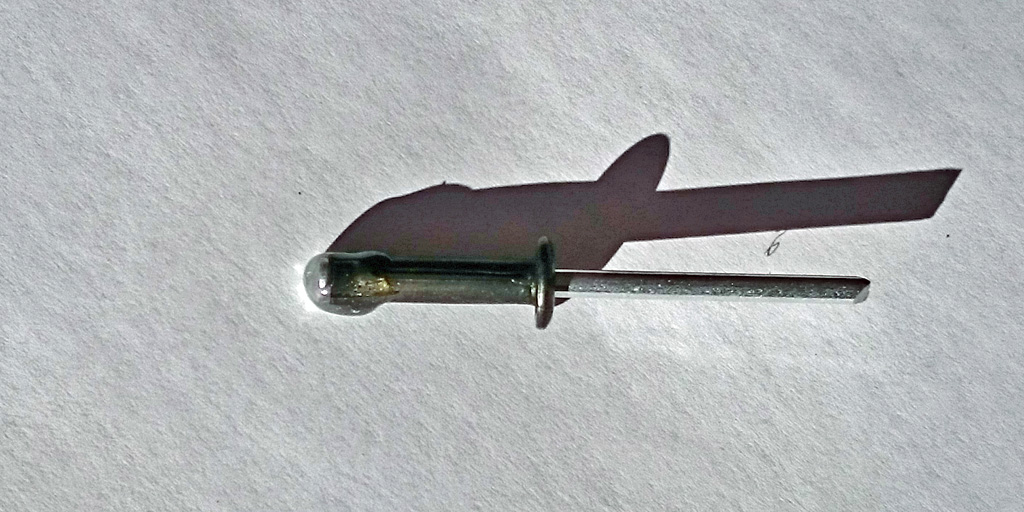Pop rivets are widely used in the construction of boats, canoes, and kayaks.
Sealing rivets can be useful as a measure of extra precaution in case they come in contact with the water through which your kayak or boat goes.
What type of rivets to use?
Rivets for kayaks split in three, in order to better grip the plastic. Simply search online for ‘rivets for kayaks’.
How to better seal the rivets
Here are some tips for watertight riveting of kayaks and small boats made from Polyethylene –
- Polyethylene is the most widely used polymer resin (namely “plastic”) in kayaks, and it’s softer than aluminum and fiberglass used to produce other small boats. For this reason, it is recommended to use special aluminum rivets designed for riveting jobs in kayaks. These special rivets split in three, which increases their grip on the surface around the rivet. You can get these rivets in outfitters stores, and online.
- Drill holes of exactly the same diameter of the rivet that you use (3/16″), and preferably slightly smaller holes (5/32″).
- Apply a dub of Goop adhesive on the hole, and push the Goop into the hole. Goop is a powerful watertight adhesive used for plumbing and marine projects. The Goop you squeeze into the hole will coat its sides, and come out on the other side.
- Before you insert the rivet into the hole, coat its end with Goop. As you push the rivet into the hole, its tip will come out on the other side, and it will be coated with a thick layer of Goop. The sides of the rivet will be coated with Goop as well.

A rivet dipped in Goop watertight adhesive As you pull the rivet’s mandrel, the rivet will split in three and it will attach the two plastic walls while being coated with Goop. Excess Goop that will not come out on the other side or coat the sides of the hole, will remain on the outer surface and get squeezed by the rivet’s head. This way, the rivet’s parts that come in contact with the plastic will be coated with Goop, which will make them watertight.
- After you’re done riveting, coat the rivet’s head and the surface area around it with a generous amount of Goop. This will prevent water from touching the rivet, and in case of saltwater, it will prevent corrosion.
Do you have any questions for us?



PS —
If you don’t happen to have special rivets, you can increase the grip of a common rivet by using an aluminum washer (using steel washers could result in corrosion).
Needless to add that using a washer is possible only if you have access to the other side 🙂
We’ve updated this article in order to reflect improvements in the watertight riveting technique that it describes.